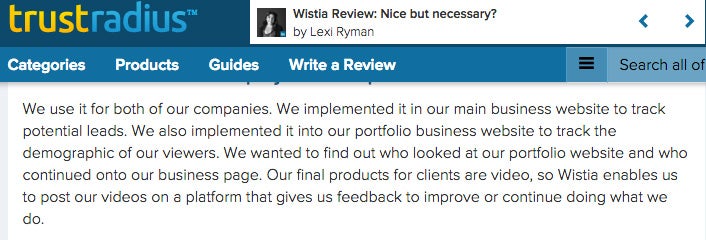The Missing Ingredient in B2B's Trillion-Dollar Industry The opportunities for B2B ecommerce are huge, especially for companies willing to break the mold, take some risks and humanize their B2B strategies.
By Aaron Orendorff •

Opinions expressed by Entrepreneur contributors are their own.

Earlier this year, the world's most profitable retailer -- worth $250 billion dollars -- entered the world's most profitable sector -- estimated to reach $6.7 trillion by 2020.
And at Entrepreneur.com only 157 people shared it!
In April, Amazon Business launched as a marketplace designed specifically for its B2B audience. And despite being accompanied by a waterfall of mind-boggling data, less than 200 people took the time to Tweet, Like or Pin it.
Of course, this kind of lackluster response to B2B news isn't new or surprising.
Related:
Why?
Because B2B is missing one ingredient: humanity.
SparkPay -- the ecommerce arm of Capital One -- captures the problem perfectly:
People don't buy from businesses. People buy from people. Unfortunately, the human touch is often ignored in B2B ecommerce.
Don't make the mistake of thinking that B2B cuts out customers. Instead, bring the human face to the B2B space.
The good news is this means the opportunities for B2B ecommerce are huge, especially for companies willing to break the mold, take some risks and humanize their B2B strategies.
Here are a few pointers:
1. Cut the jargon.
Filling your website with industry jargon and deep technical phrases may seem like a worthy goal. But the truth is jargon makes you come across as a faceless organization out of touch with reality, rather than an organization comprised of real people solving real problems. To capture the hearts and wallets of your prospects, you have to communicate in ways that make sense to humans.
2. Ditch all-things 'stock.'
There's nothing that says cold and lifeless like a website full of stock images. People with cheesy expressions in other worldly situations are the opposite of authentic. They're not representative of the people in your organization or the people you're trying to reach.
Vince Vaughn's latest film, Unfinished Business, poked fun at how notoriously horrible corporate stock images are by creating a few of their own.
Ultimately, the secret is using real-life images and descriptions that emulate casual conversation that are going to the build trust you need to succeed. The same goes for stock product images and stock product descriptions. Anything that doesn't look or sound like it was made for a human has to go.
Related:
3. Lead with testimonials.
If it's true that people buy from people, then it's even truer that people buy from people based on the recommendation of other people.
This is what persuasion expert Robert Cialdini famously called social proof.
The theory's simple: people naturally assume that when loads of other people are doing something, they should, too. For example, take a look at this testimonial displayed on GetResponse's website, a primarily B2B email-marketing provider.

First, they wield the sword of social proof by mentioning that 350,000 customers are happily using their product. While impressive, that's a fairly faceless claim.
That's why, next, they show real (and influential) humans whose positive and genuine experiences using the service adds credibility and humanity to the business. They even go the extra mile of providing a video testimonial to humanize the endorsement further.
4. Steal your customer's own words.
Don't waste your time guessing or drumming up jargon-laden copy to impress prospects.
Finding the right words is far easier than that. In fact, the best way to gather inspiration for your messaging is by mining people's actual comments and reviews.
By "stealing" your customer's own words, you can create messages guaranteed to connect with your prospects. To do this in the B2B world, you could turn to Trust Radius, since Amazon and the app store are geared more toward B2C reviews.

Notice that the reviewer mentions three specific reasons why their business invested in the service. This kind of insight gives you an invaluable resource into how to speak to your prospects because that is how they speak.
Related:











